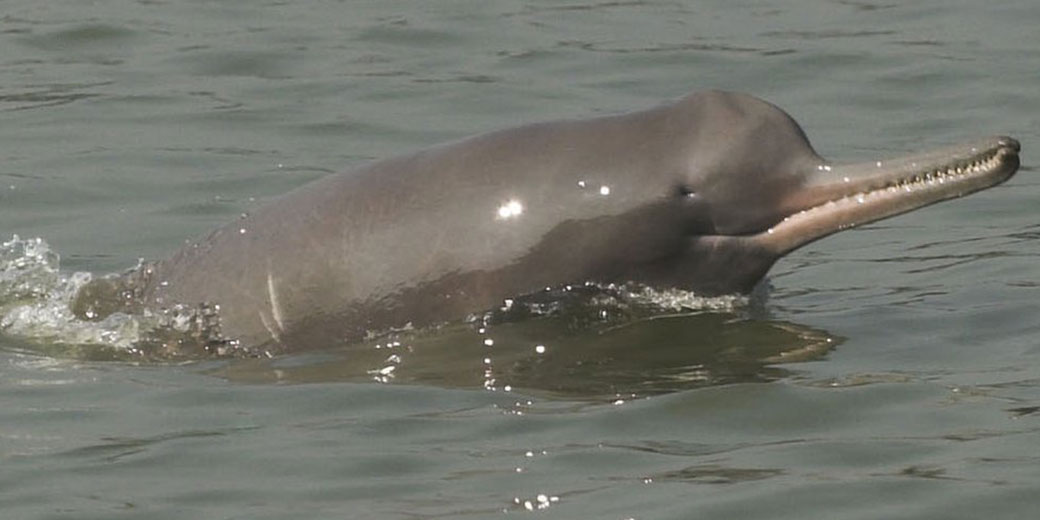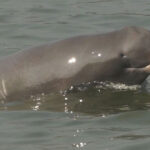Pingers deployed on fishing nets in freshwater rivers in India are helping to save critically endangered Ganges River dolphins from extinction.
PARTICIPANTS:
Wildlife Institute of India (An autonomous Institute under the Ministry of Environment, Forests and Climate Change, Government of India), Future Oceans
- Indian government supports use of Pingers to save critically endangered Ganges River Dolphins
- Researchers at the Wildlife Institute of India conducting experiments show Pingers stop entanglement of Ganges River Dolphins.
- Over 3000 small scale artisanal fishermen operating in the Ganges and Brahmaputra rivers urgently need Pingers.
- Stemming from the ongoing success in India efforts are now underway to introduce Pingers to save freshwater river Dolphin populations in Nepal, Pakistan, Bangladesh and Myanmar
In 2010, senior Government scientists in India approached Future Oceans seeking advice on how to protect critically endangered Ganges River Dolphins from becoming entangled and drowning in fishing nets in the Brahmaputra and Ganges rivers.
This resulted in Future Oceans successfully developing the world’s first fresh water activated Dolphin Pinger.
Over the next seven years, working closely with scientists at the Wildlife Institute of India, large scale Pinger trials were undertaken.
Prof Qamar Qureshi, Head of Population Management, Capture and Rehabilitation, Dr Vishnupriya Kolipakam, Faculty and Co-Principal Investigator and Dr Abdul Wakid, Project Scientist, Ganges Dolphin Conservation Initiative at the WII, proved that Future Oceans Pingers were highly successful in reducing Ganges River Dolphin bycatch.
Over 3000 fishermen set nets in the Brahmaputra and Ganges rivers every day.
Indian fishermen now using Future Oceans Pingers are ensuring the long-term survival of the critically endangered Ganges River Dolphin, India’s National Aquatic symbol.
Stemming from the success in India, Future Oceans is now involved in Pingers trials with government scientists to reduce the loss of other critically endangered freshwater River Dolphin populations in Pakistan, Sri Lanka, Argentina, and Brazil.








